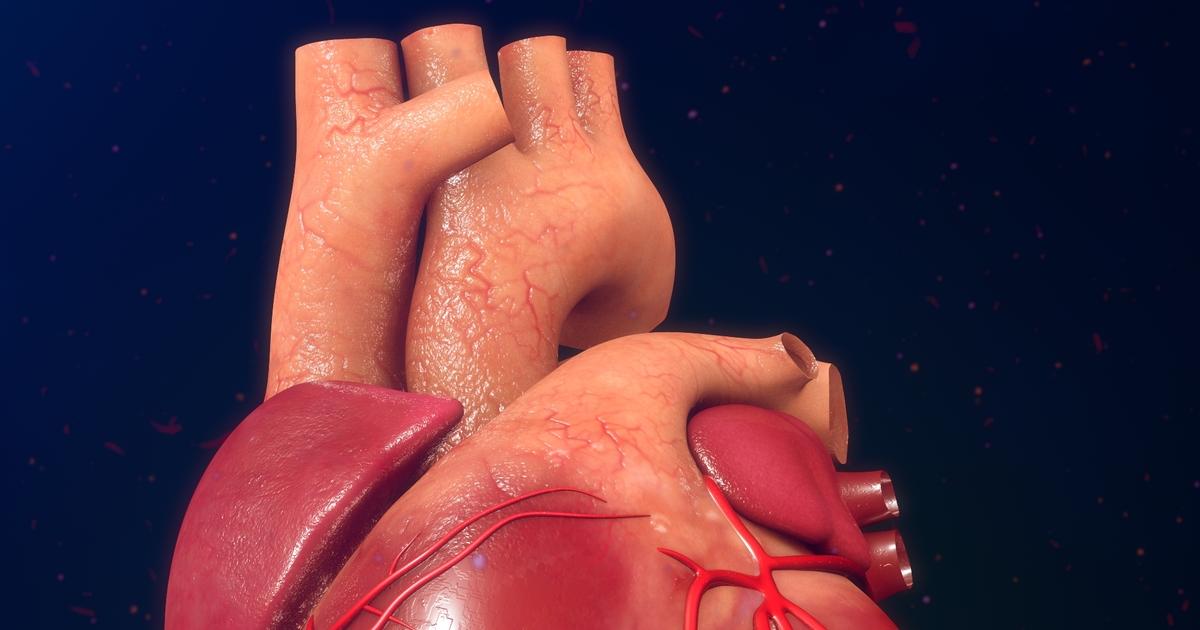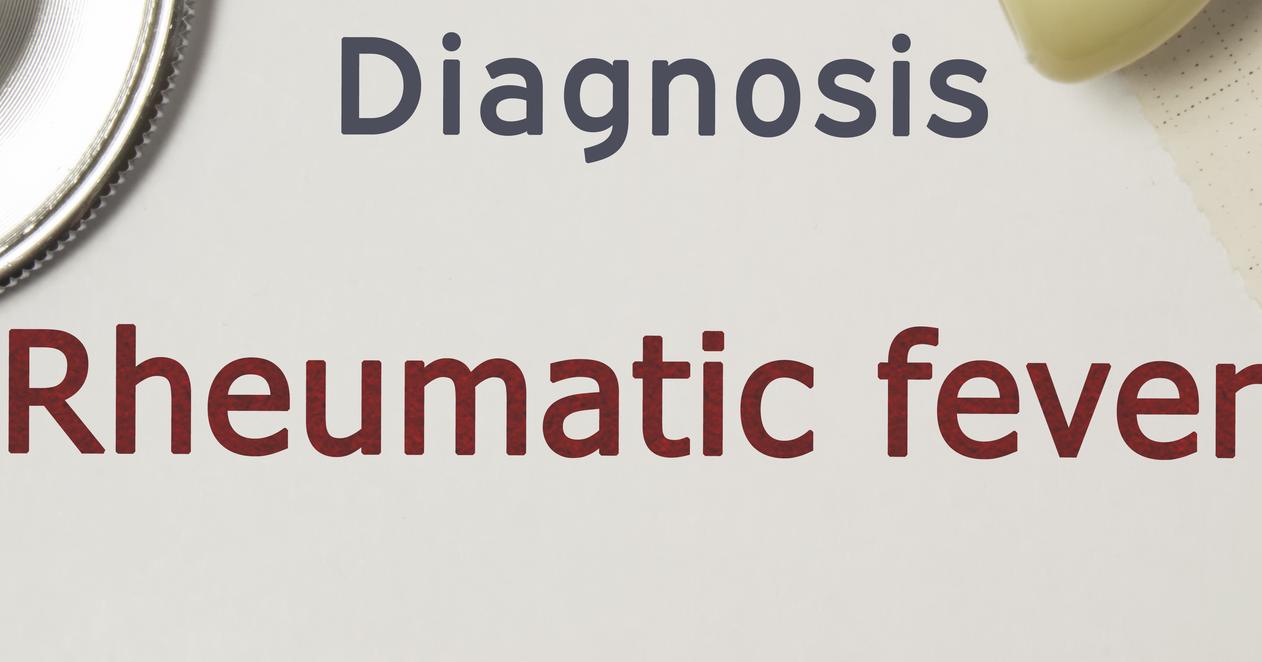Guide To The Risk Factors And Causes Of Aortic Stenosis
Aortic stenosis refers to when the aortic valve leaflets do not function as they should because they become too stiff or hard to open completely. For blood to exit the heart and flow through the aorta smoothly, the aortic valve has to maintain the ability to open fully. When blood does not flow smoothly from the heart into the aorta, the heart muscle has to work much harder to pump blood. Symptoms that occur in aortic stenosis include a heart murmur, dizziness upon exertion, fatigue, appetite loss, chest pain, breathlessness upon exertion, heart palpitations, and poor weight gain. Aortic valve stenosis is diagnosed with the use of medical history, physical examination, echocardiogram, electrocardiogram, stress test, CT scans, chest x-ray, cardiac MRI, and cardiac catheterization. The severity of aortic stenosis is what determines how it is treated. Treatment includes medication, valve repair, and or valve replacement.
There are numerous risk factors and causes of aortic stenosis. et the details on this now.
Calcium Buildup On The Aortic Valve

An individual may develop aortic valve stenosis due to progressive calcium buildup on their aortic valve leaflet tissues. Calcification on the aortic valve occurs when calcium deposits develop in the tissues that make up the valve and its leaflets. An individual in late adulthood or who has existing coronary artery disease or atherosclerosis is at a higher risk of experiencing the deposit of calcium in their aortic valve. The process that causes calcification of the valve tissues is thought to involve a complex interaction between endothelial dysfunction, oxidative stress, and inflammatory responses. These factors cause the remodeling of tissues in the valve and inappropriate disposition of calcium during that process. Because the aortic valve is one constantly under a significant amount of mechanical stress, it undergoes constant cycles of tissue renewal. Factors like high blood pressure and others that cause mechanical stress on the valve to exceed its ability to remodel and repair itself can cause an impairment of structural integrity. This structural impairment is further aggravated by the attraction, deposition, and hardening of calcium in the valve that leads to the symptoms of aortic valve stenosis.
Read more about the risk factors and causes of aortic stenosis now.
Rheumatic Fever

An individual may develop aortic valve stenosis from a previous infection referred to as rheumatic fever. This is a disease of inflammation that forms following an infection of scarlet fever or strep throat that was untreated or inadequately treated. Streptococcus bacteria is what causes scarlet fever and strep throat. Rheumatic fever happens when the bacteria that cause these infections trick a patient's immune system into targeting and attacking its own tissues. The central nervous system, heart tissues, and joint tissues are the most common tissues in the body rheumatic fever affects. Aortic valve problems that arise from previous rheumatic fever are known to manifest between ten and twenty years following the initial infection. When the individual's immune system attacks the tissues of the aortic valve because of rheumatic fever, the tissues of the valve become inflamed and damaged. The damage and inflamed tissues are repaired by the body, but using scar tissue instead of the same kind of tissue originally in the valve. Scar tissue is more dense and fibrous than normal tissue, which causes the valve to become too stiff, or the condition known as aortic stenosis.
Learn more about the causes and risk factors linked to aortic valve stenosis now.
Heart Defect

Aortic valve stenosis may develop in an individual with a heart defect as a result of the secondary effects their defect has on their cardiovascular tissues. Numerous congenital heart defects can cause an individual to develop aortic stenosis. An individual may have an obstruction in the muscle tissue underneath the aortic valve that causes it to be unable to open and close properly. Another common congenital defect associated with aortic valve stenosis involves an abnormal narrowing of the aorta directly above the valve. Other heart defects that can result in aortic valve stenosis can involve an incorrect number of aortic valve leaflets, such as two or four leaflets instead of three. A two leaflet aortic valve is referred to as a bicuspid aortic valve, which causes the leaflets to be thicker and less flexible than they normally would be to compensate for the missing leaflet. Another heart defect that results in aortic valve stenosis involves the inappropriate fusion of the lines that separate the leaflets or the commissures. When the leaflets are abnormally fused, it causes the valve to be unable to open fully, resulting in aortic stenosis.
Discover additional risk factors and causes of aortic valve stenosis now.
Aging

A common and often overlooked factor that increases an individual's risk of developing aortic valve stenosis is the natural processes that occur due to aging. Older adults and the elderly are more likely to have high blood pressure and cholesterol that can cause the valve to become inflamed and or damaged. Older adults are more likely to have reduced kidney function that may cause a mild or moderate elevation of certain substances in their blood. This malfunction occurs when the kidneys are not able to clear these substances from the body as effectively as they once could. When calcium levels are elevated in the blood due to declining kidney function, the patient is more likely to experience the disposition of calcium in their tissues. Calcium deposits in the tissues that make up the aortic valve can cause the patient to develop aortic valve stenosis. Older individuals are also more likely to have other problems with their heart that can cause damage to the aortic valve, such as extensive scar tissue, pericarditis, cardiac muscle ischemia, and blood clots.
Get more information regarding the causes and risk factors related to aortic stenosis now.
High Cholesterol And Blood Pressure

Conditions that take a toll on an individual's blood vessels and heart such as high cholesterol and blood pressure can increase their risk of developing aortic valve stenosis. The mechanism behind the increase in the risk for aortic valve stenosis in individuals who have high cholesterol and blood pressure involves the mechanical stress these conditions place on the valve and the inflammation in the body that can affect the valve. The aortic valve in a healthy individual is built to be able to manage a certain degree of ongoing mechanical stress due to the high pressure of the blood that flows through it. Chronic high blood pressure patients have an even greater level of pressure in the blood being pushed directly out of the heart past the valve due to their compromised circulation from blood vessel damage. The aortic valve sustains tissue damage over time from being overburdened. The body can repair this damage eventually, but it is repaired with scar tissue that is thicker and denser than the original tissue. This mechanism makes the valve leaflets become too stiff and inflexible. High cholesterol is directly correlated with hypertension, as it can cause it and or complicate it. Atherosclerosis from high cholesterol causes the same excessive mechanical stress on the valve, which yields the same inability of the valve to open fully.